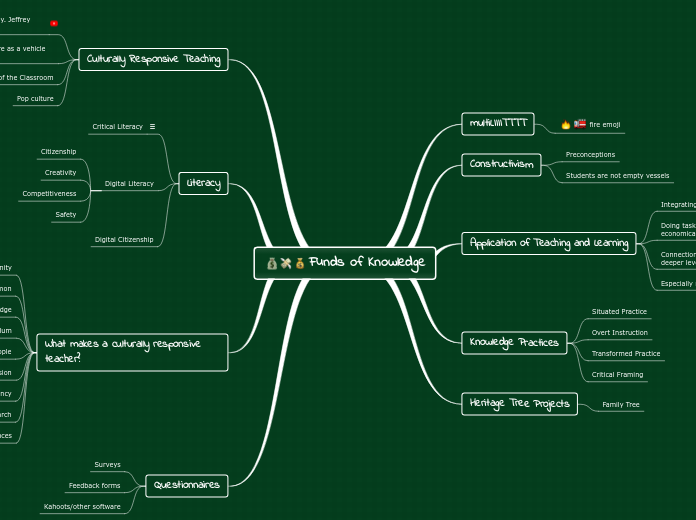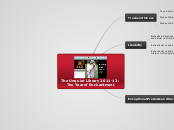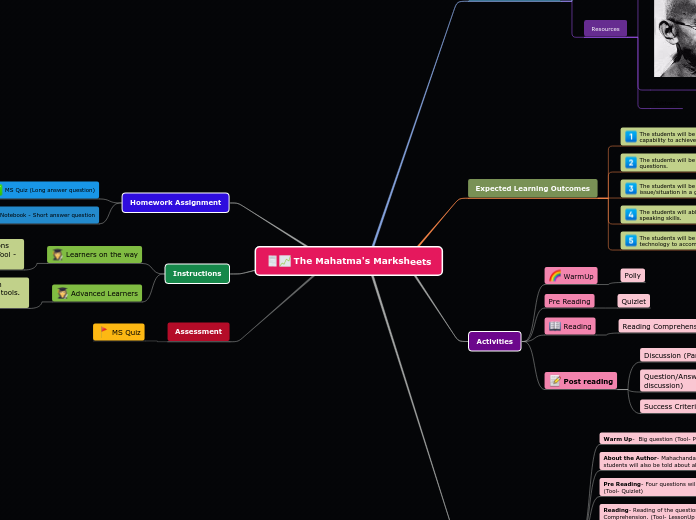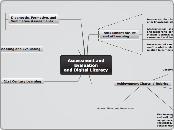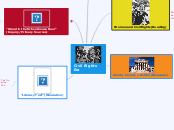Funds of Knowledge
Questionnaires
Kahoots/other software
Feedback forms
Surveys
What makes a culturally responsive teacher?
Bring in student lived experiences
Encourage research
Collaboration and agency
Passion
Seminars with people
Be flexible with curriculum
Students bring relevant knowledge
Focus on things in common
Be invested and aware with the community
Literacy
Digital Citizenship
Digital Literacy
Safety
Competitiveness
Creativity
Citizenship
Critical Literacy
- Juxtaposing Texts on similar topics and compare various ranges of perspectives
- Examining alternative endings from various media and highlight values and expectations
- Use texts from everyday life
- Advertising
- Legal Contracts
- Posing questions that foster thinking about issues of language, text and power dynamics
- Background influence
- Influence on you and your values
- Type of language used
- Values and viewpoint of the text
- Assumptions of the text
- Perspectives that may have been omitted
- Interests being catered to by the text
It is also important to note that it is okay for students to choose if they wish to agree with or against the text being presented and offer validation as to why they have chosen such a side. Engage in meaningful discussions with peers and their stance might change, which is a good thing.
Teachers in this fashion can focus on inquiry based discussions but also ensuring it is a safe, inclusive learning environment. Allow students to explore multiple ways to express their views using tools and digital platforms. In this way, teachers can learn more about the background influences that a student brings into the classroom and how it is being used within their learning and understanding of concepts. Teachers should make sure that all forms of texts from various cultural backgrounds are included within their lessons.
Culturally Responsive Teaching
Pop culture
Engaging with Families Outside of the Classroom
Teachers should utilize student culture as a vehicle for learning.
TrillEDU: Culturally Responsive Pedagogy. Jeffrey Dessources TED Talk
Heritage Tree Projects
Family Tree
Knowledge Practices
Critical Framing
Transformed Practice
Overt Instruction
Situated Practice
Application of Teaching and Learning
Especially relevant for ELL students!!
Connection of academic content understood at deeper levels
Doing tasks that are familiar to culturally and economically diverse students
Integrating patterns of learning
Constructivism
Students are not empty vessels
Preconceptions
multiLIIIITTTT
fire emoji
